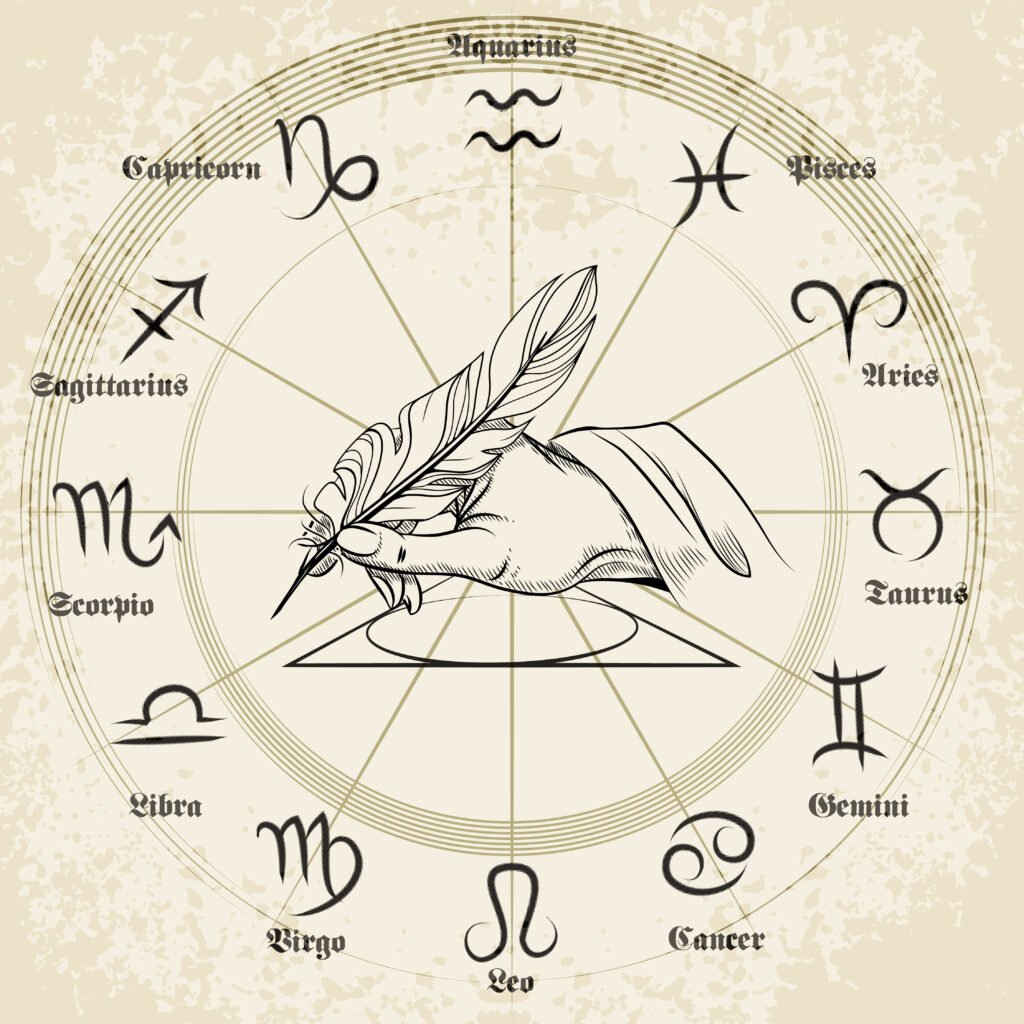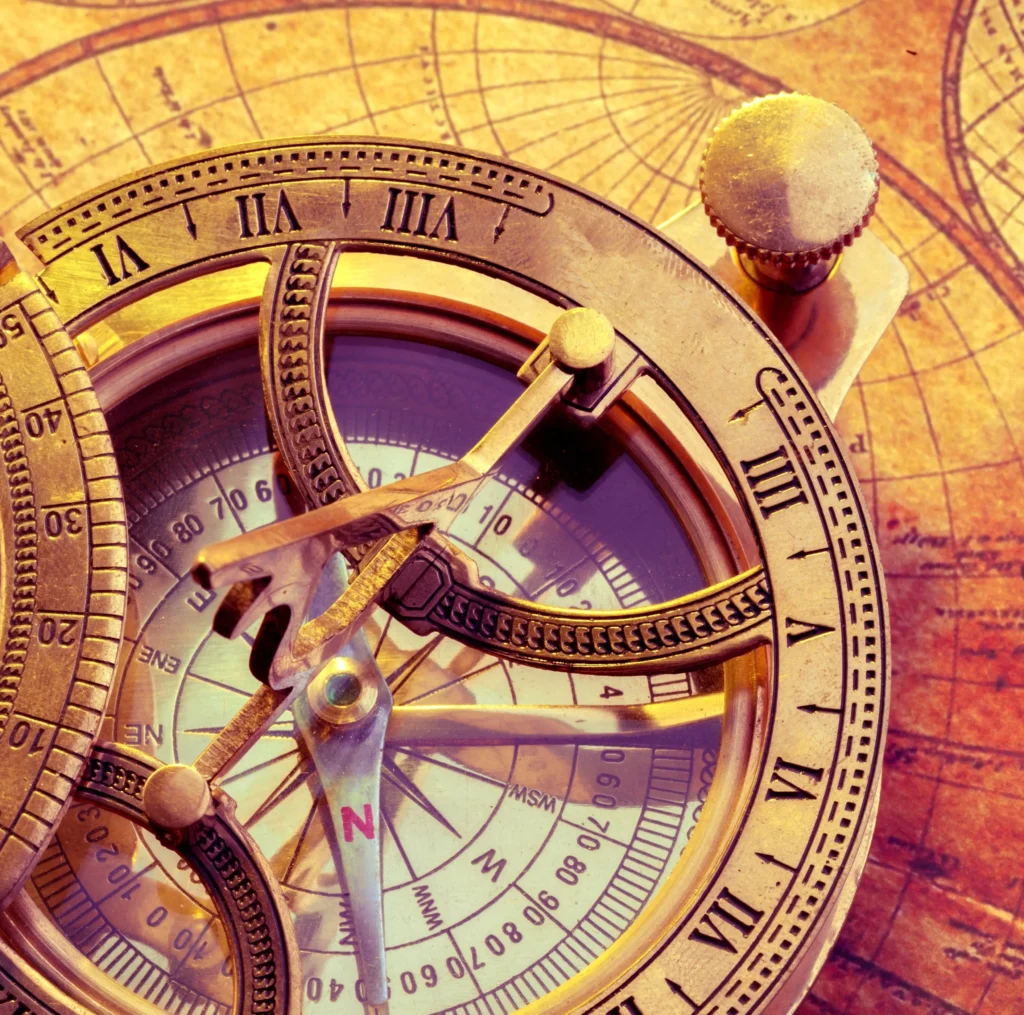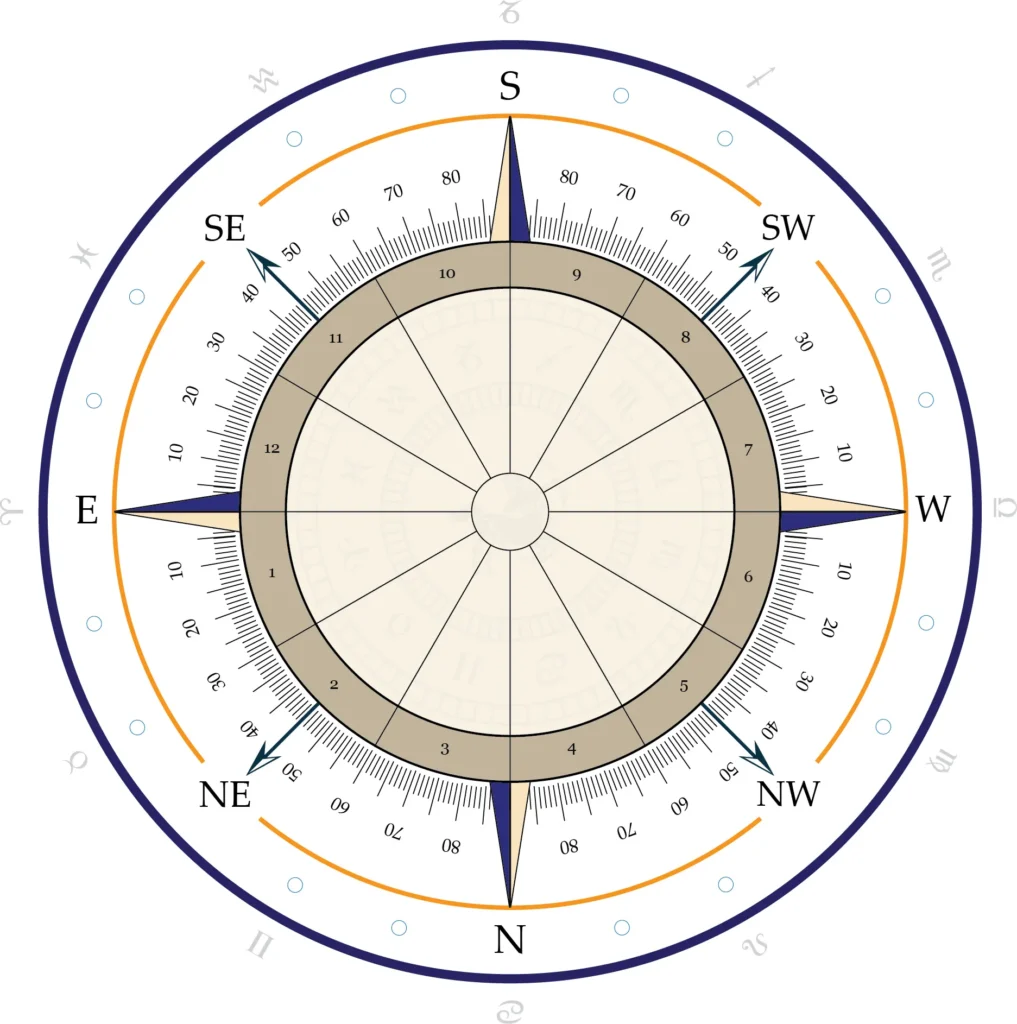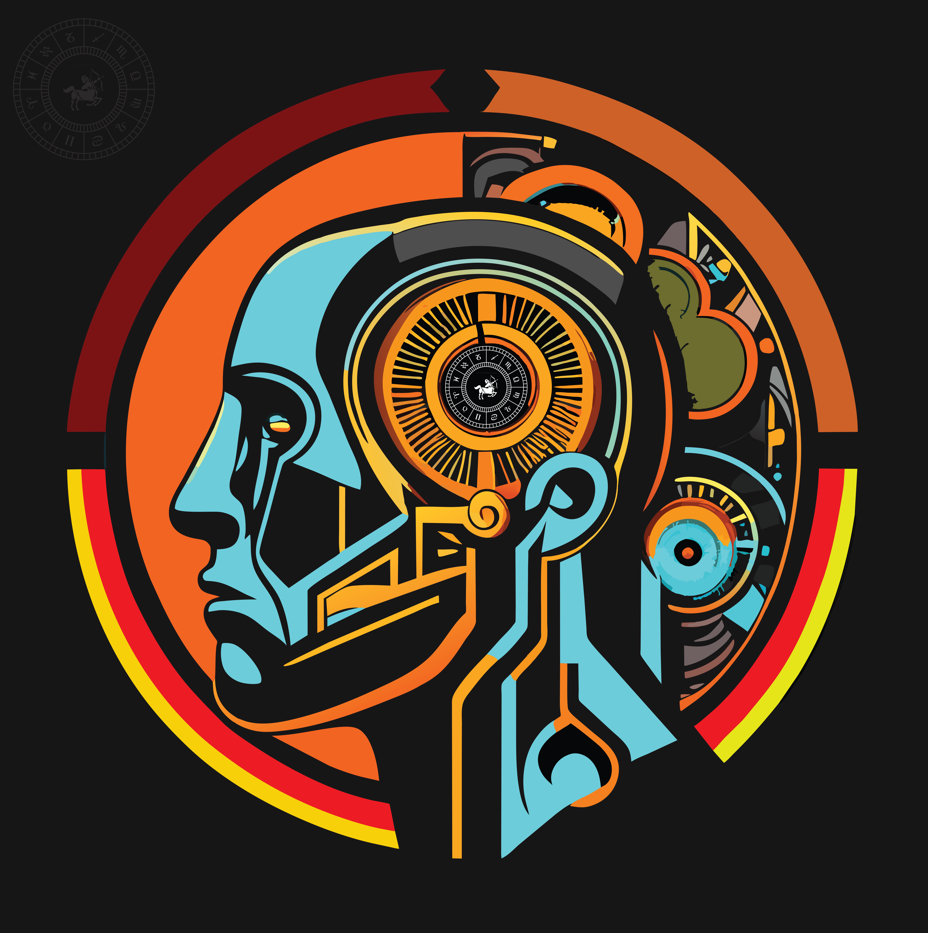
The skill inherent in the 6th House
“Every building is built with many different stones. However, each one depends on the other, so much so that if only one of them moves, the entire building suffers. And if any were defective, the structure would be imperfect.” `Abdu’l-Bahá (1844-1921)
The sixth house of a person’s birth chart constitutes a particularly technical, crafty, or bureaucratic house, as it is the natural house of arts and crafts (as much as the tenth of the throne or the seventh of marriage), that is, where materials are drafted and manufactured and the office worker prepares and organises the official documents that shall serve the procedures of the State; where we sit in front of the computer interpolating and transposing, crossing lines and amending the chapters. It is a sort of slavery or of servitude technicians relish, as it requires a certain skill or technical mastery and a rigorous observance of the principles that govern or rule the operations of the servant or slave, secretary or employee, translator or proofreader, thus granting the hygienic habit that fructifies the processes. This region of the chart masterfully cultivates the composition and informs about the native’s dexterity or skill, that is, their talent for technical arts, those implying the manipulation of pieces and ingredients as it involves the study of the mechanical structure of the whole (e.g. metabolism). We know that comprehensive or complete knowledge of a phenomenon depends on the cognition of the parts that constitute it and their relationships with each other, from which follows the compositional and administrative characterisation of this region of the birth chart, its governance over the organisational processes of the objects, whether biochemical (e.g. the order of carbon atoms and bonds in general according to the molecular orbital theory) or mental (e.g. syllogisms, linear or strictly logical thinking). Thus, among the technique of the art or the art of the technique that the region entails is chess and cooking, grammar and musical or poetic composition, both of which, contrary to a popular belief, are governed by rules particularly strict, not the sole inspiration or dialectical creativity of Venus, which, must be said, in Virgo can become exceptionally engineering.
The sensitivity or fragility of any type of procedure or organic structure is predicated upon the fact that even the slightest defect or misplacement can be disruptive to order and become disastrous. In this case, for metabolic processes (disease) or thought (prejudice or monomania). This is the reason why this region of our chart is particularly sensitive to influence of the malefics, more so should they appear afflicted. Saturn (restrictive), Uranus (disruptive), Neptune (chaotic and endocrine), or Pluto (necrotic and deadly) can destroy or considerably affect the processes of our metabolism when lodged here (intellectually, however, they usually provide light for some analytical tasks or careers such as physics, chemistry, or mathematics, among others, whereas Mars can become particular productive from an analytical standpoint, as it is the place of its rejoice or joy).
That said, would we find that the meanings of a sign (Virgo) extend to those of the house or region beyond what is expected (unlike between planets and houses or between planets and signs)? Although there is reluctance on the part of some to recognise the scope or true implications of the maxim “As above, so below” (Hermes Trismegistus), there is a more satisfactory explanation of the structural character of the psyche of personalities such as Antonio Lucio Vivaldi, Wolfgang Amadeus Mozart, Leonardo Da Vinci, Umberto Eco, and Gordon Ramsey if we were to recognise the cognitive or neurological implications of this region of the birth map.
This does not mean (as cookbook or prescription interpretations might lead some to think) that other placements have not contributed to the result, as no planet can ever produce, by itself, what only the joint or combined action of all can (see a future official publication: The Astrological Delineation Procedure in The Mountain Astrologer magazine). Put another way, this does not mean that a musical composer or chess player, linguist or engineer cannot come about without a powerful 6th House. Just as a person (or several) can contract the same disease in many different ways, the same talent or evil can also be produced via different astrographic compositions (one hundred writers or one hundred serial killers do not and cannot share the same birth chart). In the case of these particular individuals, among others, said region of their birth charts fully explains (i.e. beyond the rest of contributing placements) their intellectual orientations (in the case of Ramsey and the hyper-genius of Vivaldi, even more if we were to use a quadrant model instead of a simplified chart model as that of sign houses, better known as whole-sign houses, which is not a house system in any way possible, despite being dominant during ancient times).
Illustration, illustrated men, and illustrated principle of delineation

This picture (Freepik) can be considered to depict a 6th House, that is, to show how things would look like from inside such a region of a birth chart. It is where everything becomes crafted.
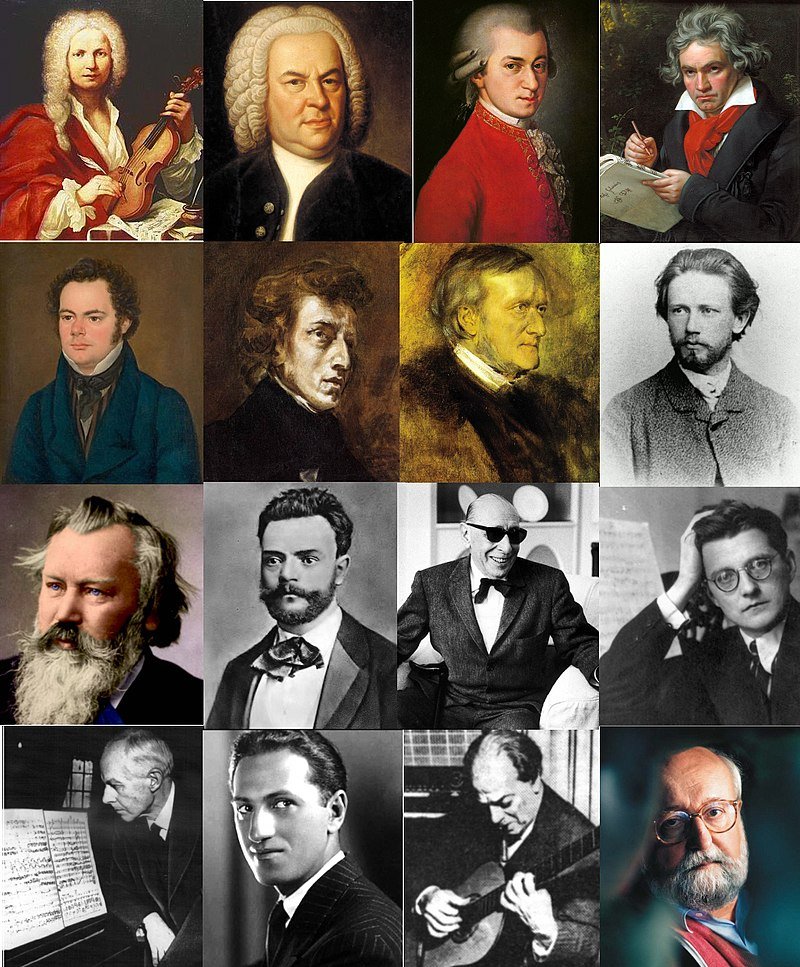
Here are some powerful 6th Houses. This, however, I say again and cannot ever stress enough, does not mean that a musical composer or chess player, linguist or engineer cannot come about without a powerful 6th House. To reason in such a way is to practise cookbook or prescription interpretations, as opposed to Weiss’ synthesis (1926, Germany; repr. 1944, Argentina). In order to better understand this (or why), analyse the following table:



